There is a Cape buffalo outside my tent. I know it’s a Cape buffalo because it is snorting and stomping, and Cape buffalos are the snorters and stompers around these parts. All of a sudden, the flimsy nylon that has been protecting me from rain and mosquitoes seems somehow not up to snuff for this new challenge. I am not sure if I am supposed to be quiet to avoid attacting its attention, or if I am supposed to make noises to scare it away. Fear makes the decision for me: I lie there immobilized, and after a while, the night is silent.
In Your Bucket Because…
- There is, quite simply, no other landscape like it in the world.
- How often do you get to trek to above 16,000 feet?
- It’s not nearly as crowded nor as regulated as Kilimanjaro, making it a good choice for independent experienced hikers.
- Good for adventure travelers, photo buffs, and lovers of big, dramatic, serrated landscapes.
Cape buffalo, elephant, leopard, giant forest hogs, antelope, eland, zebra, Colubus and vervet monkeys, mountain hyraxes: You’re most likely to see the last three, but all call Mt. Kenya and the surrounding forests home. Mt. Kenya rises to alpine heights from its base on the equator, and the combination makes for a unique Afro-alpine ecosystem. When the first coastal Africans (acting as porters for European expeditions) saw the ice on the mountain, they thought the land was infested with evil spirits.
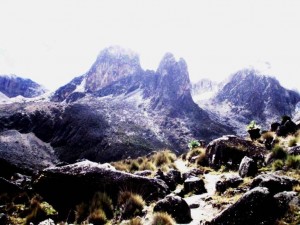
I’m going to go out on a limb and say that Mt. Kenya’s scenery is on a par with anything, anywhere in the world. I can’t quite make myself do the “world”s best’ thing: Is tiramisu better than apple strudel? Fine champagne better than 20-year port? But having spent more than 1000 nights in tents in mountain ranges around the world, I’ve seen nothing that beats Mt. Kenya in terms of dramatic scenery. And it is unique: With the combination of a highly eroded and glacially-sculpted volcanic landscape and the weird Afro-alpine vegetation that exists only above about 13,000 feet in eastern Africa, it’s not just another pretty mountain view with another pretty lake. I’ve climbed Mt. Kenya three times, and each time it has, quite simply, blown me away.
Climbing and Hiking Routes
Okay, and when I say “climb” it, I mean hike to the top of Point Lenana, at 16,350, the so-called trekker’s peak. Erosion has sculpted Mt. Kenya’s original summit crater into three high peaks and a whole lot of secondary ones, each more serrated and jagged than the last. The highest two — the twin peaks of Batian and Nelion (elevations 17,053 and 17,017 feet, respectively) are accessible only to climbers using technical equipment. The rest of us go to Point Lenana.
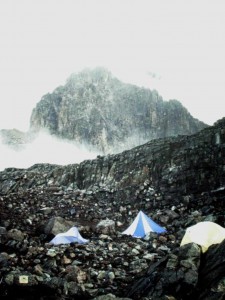
The two most popular routes on the mountain are the Naro Moru and the Chogoria, with Sirimon in third place (It’s a river valley route where zebras are sometimes seen). The Naro Moru is the quickest, hence the most popular, and it has lodges en route so you don’t have to carry a tent. (It’s also got the Naro Moru River Lodge at its base, with rooms ranging from comfortable private cottages to hiker bunkhouses.)
The Chogoria route is longer and tougher, with no lodges. And it’s about 10 times more beautiful. I can’t stress this enough: on the Naro Moru route you basically walk uphill up a valley with the same view in front of you the whole time. It’s nice, but it’s just not in the same league as the Chogoria route, which twists and winds past gorges and cliffs and outcroppings and the spectacular Mintos Tarn.
The way see it, if you’re going to climb to 16,300 feet, why not make the most of it?
Chogoria Route
Starting at the Chogoria, you either hike or hire transport up to the park gates or six kilometers beyond, where the road (such as it is) ends. The four-wheel truck ride is relatively expensive (price around $100; bartering is essential). These guys know you have no choice except to walk, and it’s something like 20 miles. The walk isn’t unpleasant, but it’s long and forested, and there isn’t much to see. Toward the park the park gate, the forest turns to bamboo that rattles and clatters in the wind, then it starts to open up. The upside is that you gain altitude slowly — a good thing on a mountain world-renowned for causing altitude sickness.
You can do the ascent to the top in two days from the park gate, but three is more sensible (it’s the altitude thing). Highlights en route are Vivienne Falls (a gorgeous swimming hole well worth a stop or an overnight, the Gorges Valley (looks just like you’d expect), and the spectacular tarns around Mintos Tarn, framed by sheer rock walls (you’re going up those), and punctuated by the giant senecios and lobelias, which are said to have served as inspiration for Dr. Seuss’s truffula trees. You’ll remember it as one of the most beautiful places you’ve ever camped. From Mintos Hut it’s a few hours to the Top Hut, where there are campsites. Sleep there, then rise early, scramble half an hour, and you can greet the African sunrise from the summit.
High Peaks Circuit
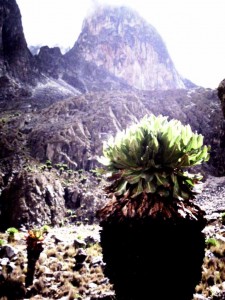
If you have a little extra time, instead of going directly from Mintos to Point Lenana, you can take the round-the-mountain route, which does about 270 degrees of a circle counterclockwise around the summit cone, staying at an elevation of around 14,000 feet. Here you’re in the rock zone, surrounded by cliffs and outcroppings. The trails here are less used and it takes a bit more attention to find the route, so maps (and the ability to read them) are essential. But the views don’t quit, with every turn providing another preipitous cliff, decorated with another ridiculously unimaginable plant. After summiting you can descend via the Naro Moru route and take a well earned rest at the resort down at the bottom.
Practicalities
- People with some experience independently hiking can trek Mt. Kenya without guides, but there are many guide services for those who feel they need the help. You can book guides and porters in Chogoria and Naro Moru.
- You pay for climbing permits and park admission at the park gates. Fees in all East African national parks keep climbing in Wild West “what the market will bear” style. They are currently (2020) about US$50 US per person per day simply for access to the park. However, given fees on other mountains (Kilimanjaro is much higher pricewise, and Uganda’s Mt. Elgon is currently $90 a day), Mt. Kenya remains the best climbing value in terms of effort, scenery, and money.
- Transport from Nairobi is via public bus or matatu (shared taxi).
- Gear: On the Chogoria route, you’ll need to show you have a tent. For summit day, you’ll need typical mountain clothing: At least a warm underlayer, a fleece (or equivalent) jacket, and an outer shell (pants and jacket) plus hat and gloves. You need to treat the water, especially at Mintos Tarn.
- Oh, and watch out for monkeys and hyraxes: They like to steal food.
Updated in 2020. Prices and regulations change; the mountain and the experience it offers does not.
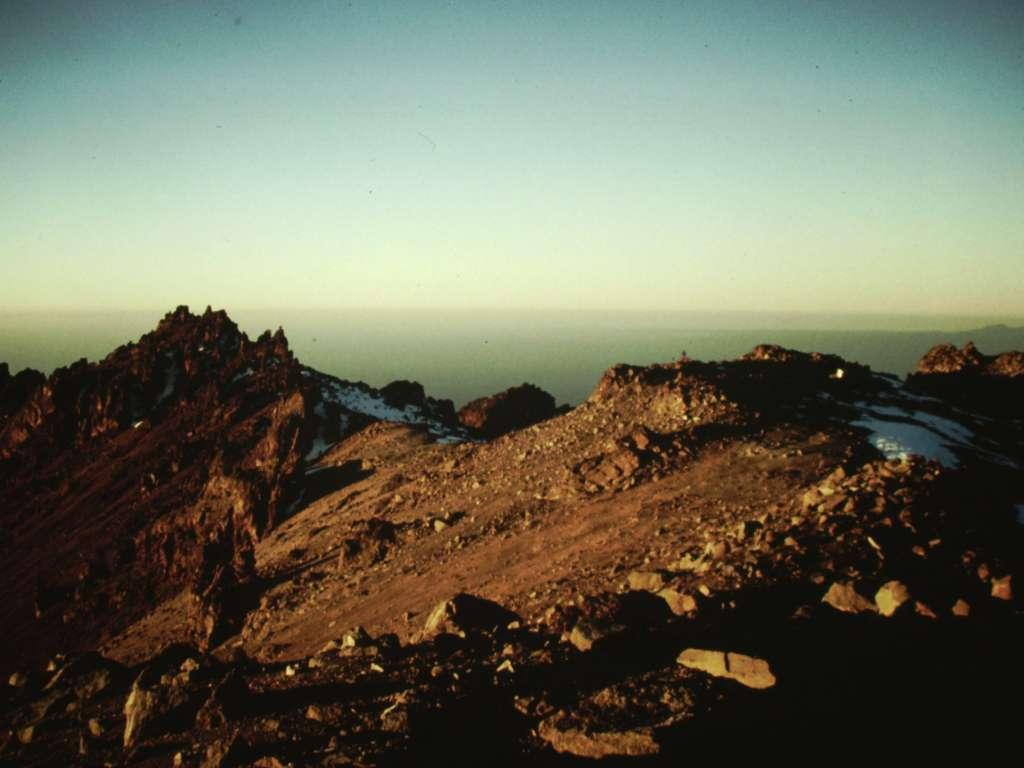
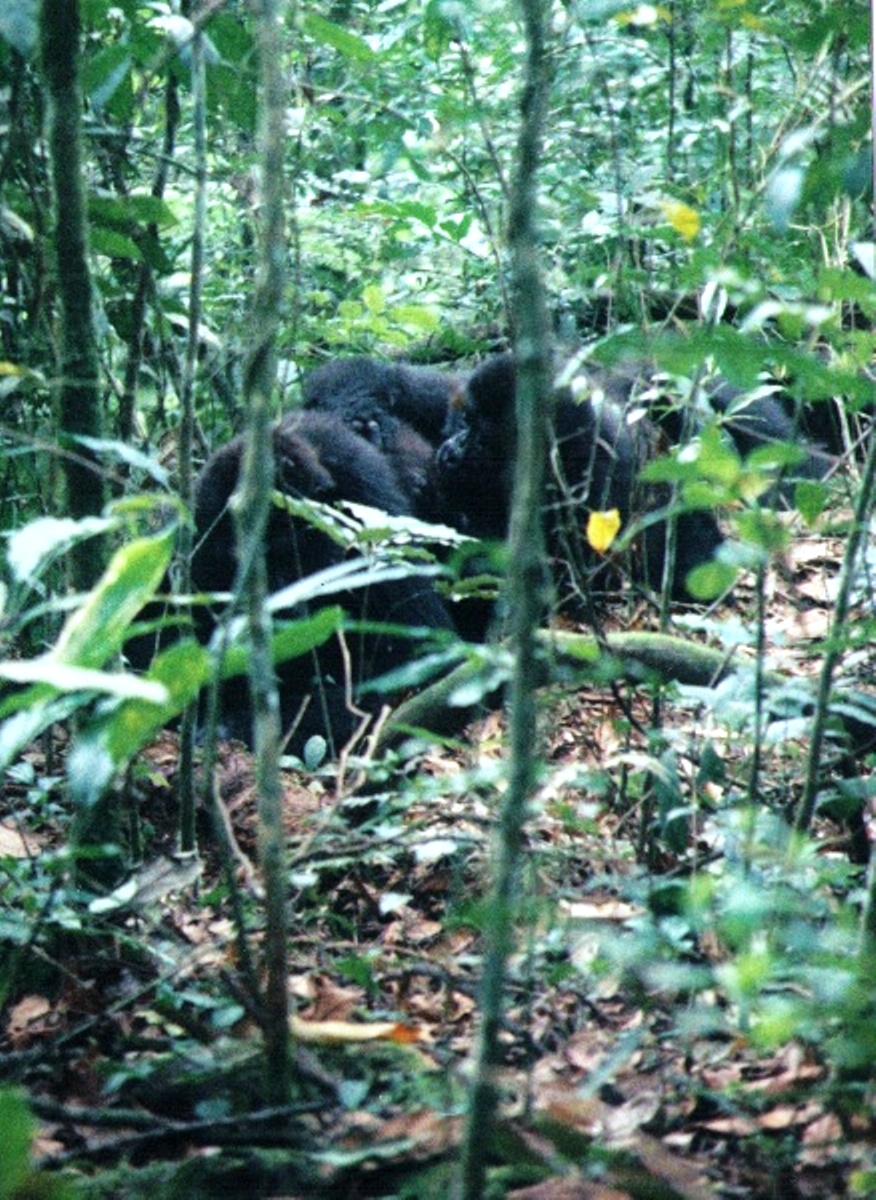
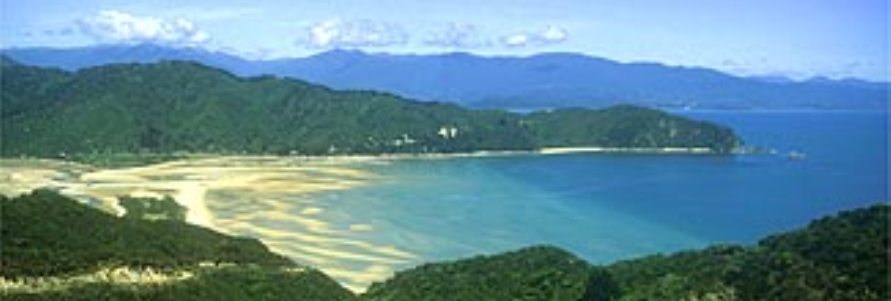
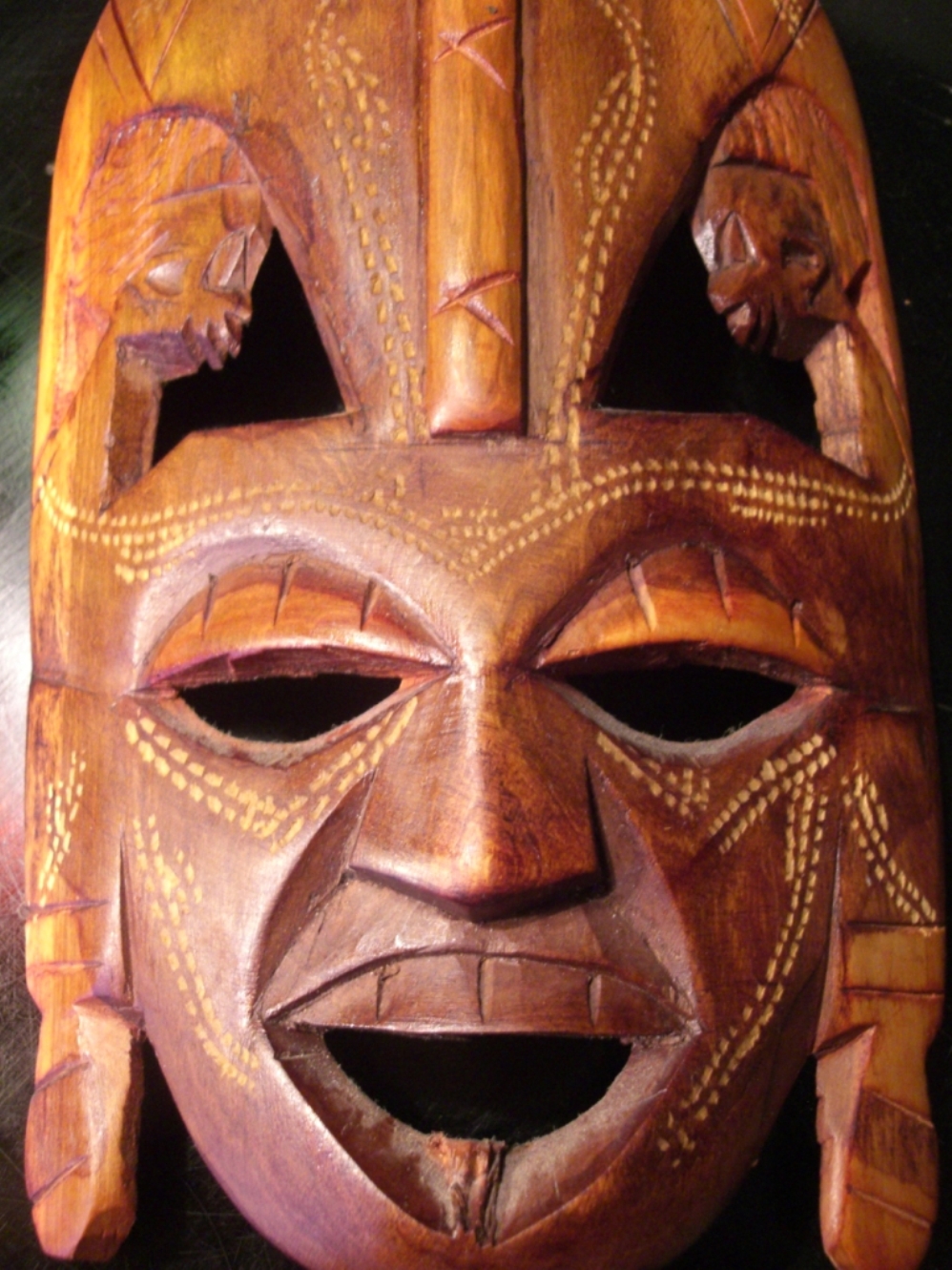
Hi! Thanks for your info… Can I ask a question? I’m planning on independently hiking the Naro Moru route next month. Do you know if it’s necessary to carry all my own food/water, or do you know if lodges have them? Thank you in advance!
You have to bring your own food (or hire a porter at the Naro Moru Roiver Lodge at the base of the NM Route). You do not have to carry all your water at once. Water is plentiful on the trail, but you have to treat it — boiling, a purifying filter, or water treatment pills. Have fun — it’s a wonderful hike.